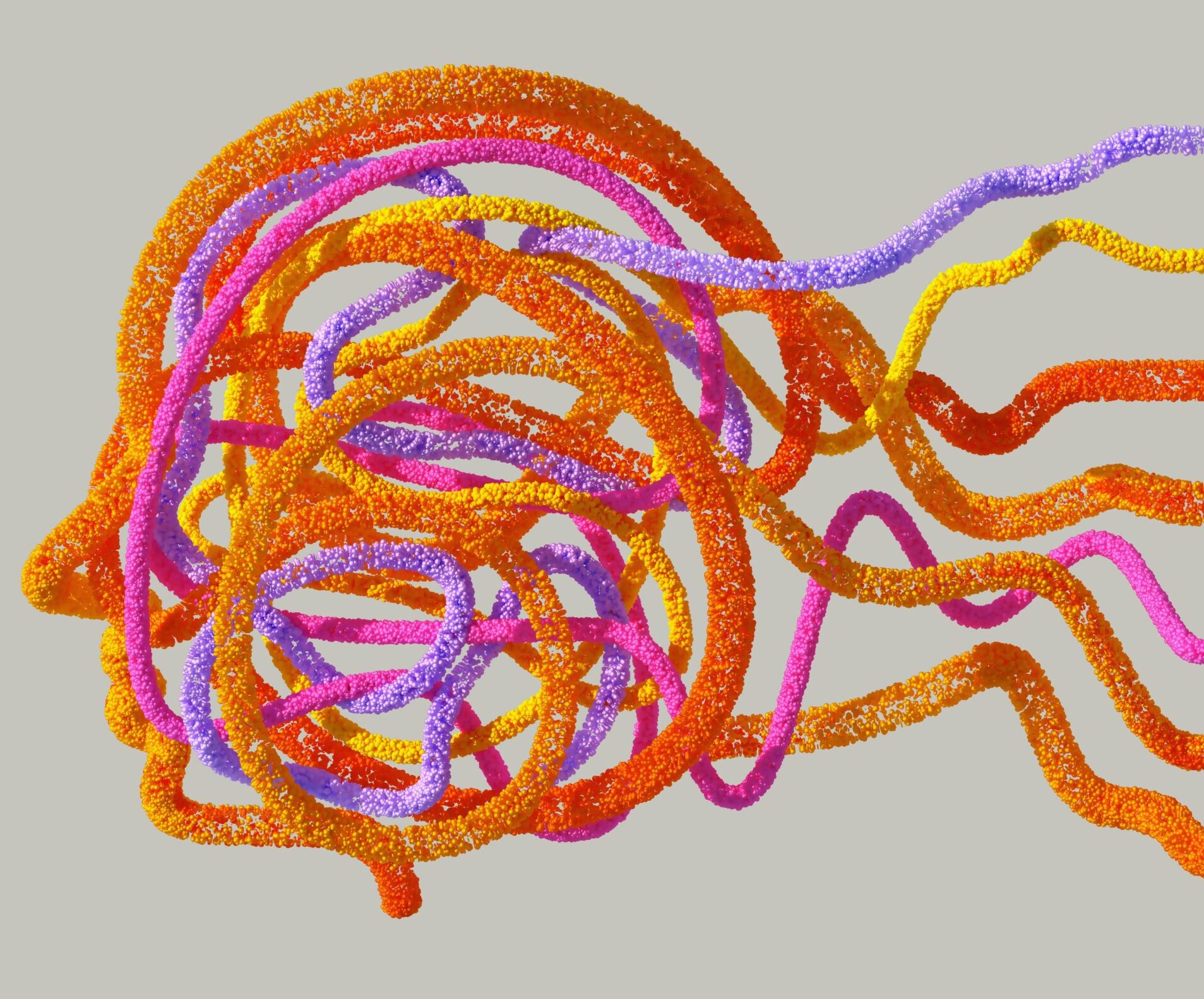Fibromyalgia is a chronic condition that involves a complex mix of symptoms, whose severity can range from mildly disruptive to debilitating. Even in a single patient, symptom activity can wax and wane dramatically, including flares of symptom activity.
If you’re wondering about fibromyalgia severity, or how severe your fibromyalgia symptoms may be, we’ll break down what fibromyalgia is, the different levels of symptom severity, how it’s diagnosed, and—most importantly—how to manage it at every stage. Whether you’re newly diagnosed or supporting a loved one, this guide aims to inform and empower you.
What Is Fibromyalgia?
Fibromyalgia is a chronic pain disorder characterized by widespread musculoskeletal pain, extreme fatigue, sleep disturbances, and “fibro fog”—a term many patients use to describe issues with memory and concentration.
While researchers still are exploring the root causes of the condition, most agree that fibromyalgia involves a condition called central sensitization, in which the central nervous system (the brain and spinal cord) become overly sensitive to pain signals. This causes people with fibromyalgia to feel pain more intensely than someone without the condition, or to experience even non-painful stimuli (like being touched or hugged) as painful.¹
The reasons this central sensitization may develop is complex, but research indicates it may be triggered by:
- Physical trauma
- Infections
- Surgery
- Psychological stress and trauma
- Genetics
Common Symptoms of Fibromyalgia
Because fibromyalgia is characterized by a complex array of symptoms, it is different in how it presents in each individual patient: which symptoms are most present, and how high fibromyalgia severity may be, can vary from person to person, or from day to day.
The hallmark symptoms of the fibromyalgia are:
- Widespread pain in multiple areas of the body
- Fatigue that doesn’t improve with rest
- Cognitive problems (difficulty thinking and remembering, also known as “fibro fog”)
- Depression and anxiety
- Potential for other chronic conditions, including migraines, irritable bowel syndrome and chronic pelvic pain, among others
These symptoms can fluctuate in intensity and frequency, which makes fibromyalgia challenging to track and treat.
How Is Fibromyalgia Diagnosed?
Fibromyalgia is diagnosed based on symptom patterns, not lab tests or imaging. The most widely accepted criteria come from the American College of Rheumatology, which updated its diagnostic criteria in 2016 to include two key diagnostic tools that measure symptoms on a scoring system²:
- Widespread Pain Index (WPI) – A score from 0 to 19 indicating how many parts of your body hurt, and in which regions of the body. To assess for fibromyalgia pain, the WPI asks about pain in five general regions of the body: above the waist on the left, above the waist on the right, below the waist on the left, below the waist on the right, and central. A higher score indicates pain in more regions of the body.
- Symptom Severity Scale (SSS) – A score from 0 to 12 measuring fatigue, cognitive issues, and sleep quality.
These tools also help determine the overall burden of the condition. A diagnosis of fibromyalgia also requires that the symptoms have been experienced for more than three months.
You may be diagnosed if:
- Your WPI is ≥ 7 and SSS is ≥ 5, or
- Your WPI is 4–6 and SSS is ≥ 9
Take the self-assessment here to find your score.
Measuring Fibromyalgia Severity: The Polysymptomatic Distress (PSD) Scale
Researchers use a combined score called the Polysymptomatic Distress (PSD) Scale to better assess symptom burden.³ It merges WPI and SSS into a single number:
- Mild: PSD 0–7
- Moderate: PSD 8–11
- Severe: PSD 12–19
- Very Severe: PSD 20–31
The higher the combined score across these measures, the higher the symptom burden, or the more “severe” the symptoms may be considered. This helps clinicians personalize treatment based on how deeply the condition is impacting your daily life.
Dealing with Different Levels of Fibromyalgia Severity
Treatment for fibromyalgia should be individualized based on each patient’s unique symptoms and goals, but it will also differ depending on how severe the symptoms are. A combination of different approaches is often recommended to manage the complex symptoms of fibromyalgia.
These may include:
Personalized movement
It sounds counterintuitive, but regular activity is one of the most effective treatments for fibromyalgia. Low-impact exercises like walking, swimming, water aerobics, yoga, tai chi and more have been shown to improve function. When symptoms are severe, stretching or chair yoga may also be recommended.
Lifestyle approaches
Nutrition, sleep management, breath work, and other lifestyle approaches are also a part of fibromyalgia care. Some diets have been studied regarding their role in inflammation and pain, and fatigue and unrefreshed sleep are common symptoms of fibromyalgia that can greatly impact everyday life.
Behavioral approaches
Living with chronic pain and fibromyalgia symptoms can change our behavior, our mood, and how we approach life. The body and nervous system may adapt to the pain in ways that negatively affect fibromyalgia severity and worsen symptoms. This is supported by recent research; in a randomized controlled trial of a digital behavioral therapy for fibromyalgia symptoms, 71% of participants reported improved well-being (compared to 22% in the control group), and saw reduction in their fibromyalgia severity.⁴
Medication for fibromyalgia
Particularly for severe fibromyalgia symptoms, medication can be an important part of a comprehensive treatment plan. Three different medications are FDA-approved for treatment of fibromyalgia, and other options like low dose naltrexone have seen promising results for pain in recent research.⁵
Finding Personalized Fibromyalgia Treatment
Fibromyalgia is a complex condition that affects every aspect of life. With the right tools and treatment tailored to your fibromyalgia symptoms and severity, relief and a high quality of life is possible.
If you’re exploring treatment, even for severe fibromyalgia pain, you can take the next steps by:
- Getting an accurate diagnosis
- Understanding your personal symptom pattern
- Building a care team you trust
- Committing to a treatment plan
For more resources, visit the Swing Care blog.
Medically reviewed by Dr. Andrea Chadwick, MD, MSc, FASA
Sources
- Sluka KA, Clauw DJ. Neurobiology of fibromyalgia and chronic widespread pain. Neuroscience. 2016 Dec 3;338:114-129. doi: 10.1016/j.neuroscience.2016.06.006. Epub 2016 Jun 9. PMID: 27291641; PMCID: PMC5083139.
- Wolfe F, Clauw DJ, Fitzcharles MA, Goldenberg DL, Häuser W, Katz RL, Mease PJ, Russell AS, Russell IJ, Walitt B. 2016 Revisions to the 2010/2011 fibromyalgia diagnostic criteria. Semin Arthritis Rheum. 2016 Dec;46(3):319-329. doi: 10.1016/j.semarthrit.2016.08.012. Epub 2016 Aug 30. PMID: 27916278.
- Wolfe F, Walitt BT, Rasker JJ, Katz RS, Häuser W. The Use of Polysymptomatic Distress Categories in the Evaluation of Fibromyalgia (FM) and FM Severity. J Rheumatol. 2015 Aug;42(8):1494-501. doi: 10.3899/jrheum.141519. Epub 2015 Jun 15. PMID: 26077414; PMCID: PMC4755344.
- Gendreau, R Michael et al. Self-guided digital behavioural therapy versus active control for fibromyalgia (PROSPER-FM): a phase 3, multicentre, randomised controlled trial. The Lancet, Volume 404, Issue 10450, 364 – 374
- Younger J, Noor N, McCue R, Mackey S. Low-dose naltrexone for the treatment of fibromyalgia: findings of a small, randomized, double-blind, placebo-controlled, counterbalanced, crossover trial assessing daily pain levels. Arthritis Rheum. 2013 Feb;65(2):529-38. doi: 10.1002/art.37734. PMID: 23359310.












